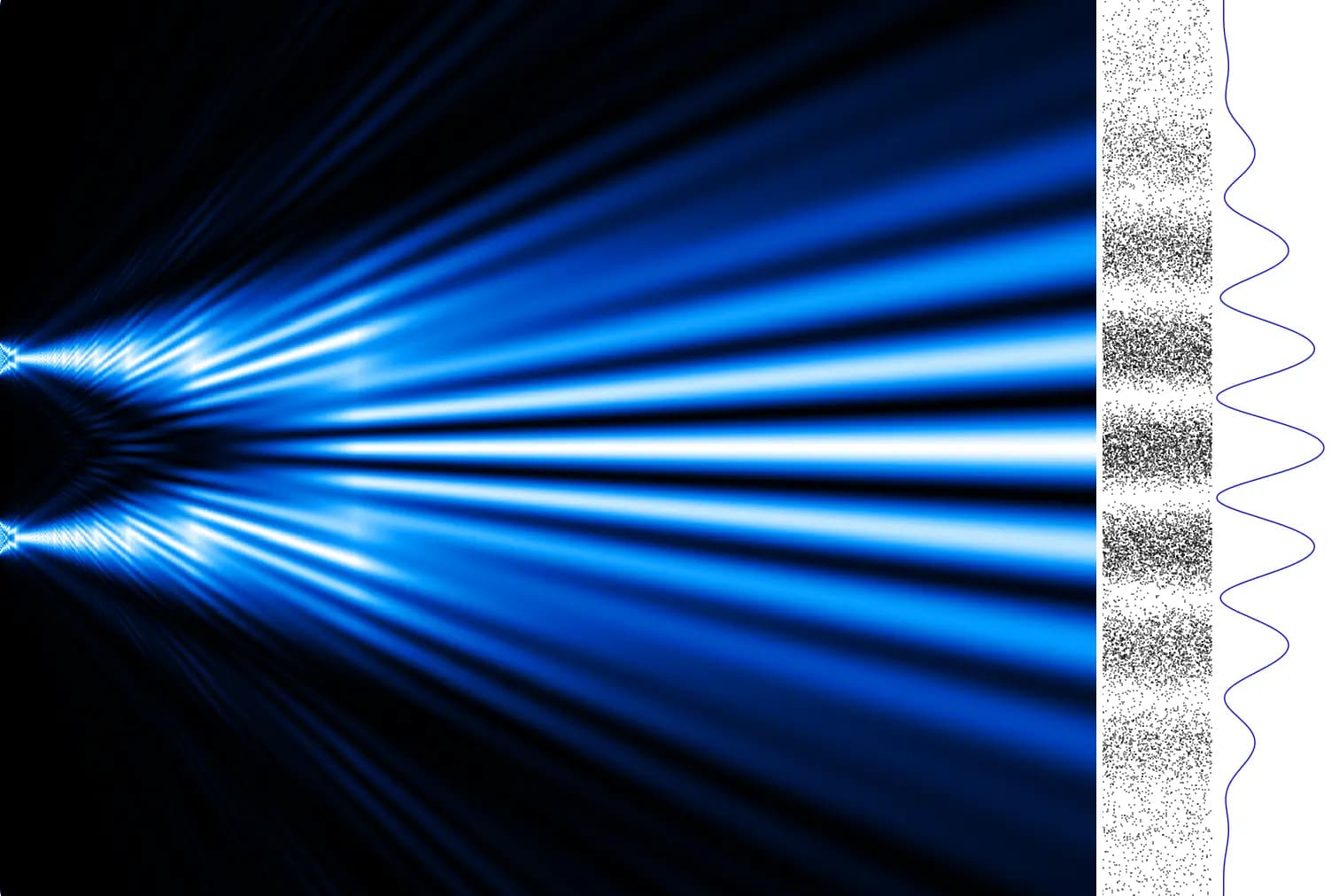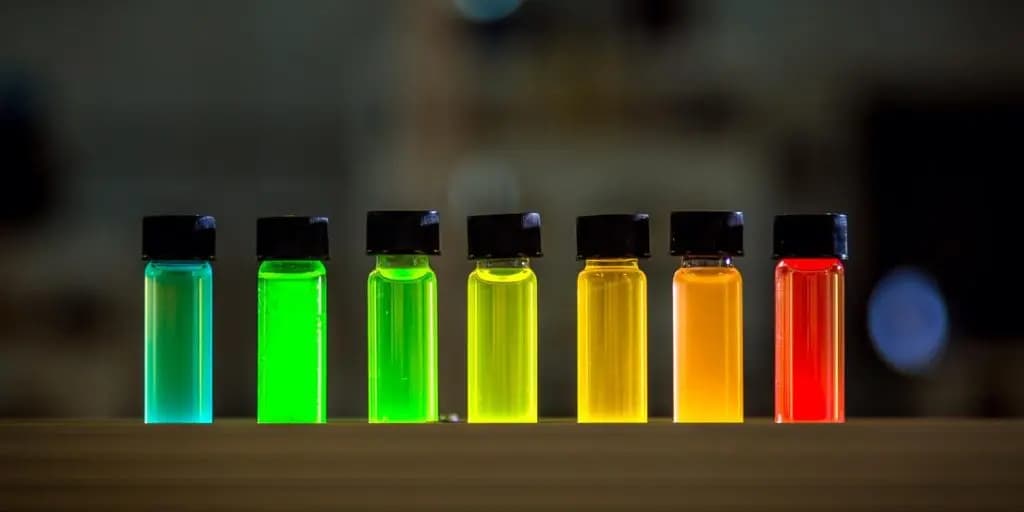Lead contamination in drinking water is a global health crisis, affecting millions and leading to serious health problems, particularly for children. The World Health Organization estimates that 240 million people worldwide are exposed to unsafe levels of lead in their drinking water. In the United States alone, lead pipes deliver water to an estimated 10 million households. Existing methods for detecting lead are either expensive and slow, requiring specialized equipment and days of processing, or overly simplistic, only indicating the presence of lead without specifying its concentration.
To address this challenge, researchers at MIT, Nanyang Technological University, and several companies have developed a groundbreaking solution: a compact, affordable sensor that can detect lead concentrations as low as 1 part per billion – a level difficult to achieve with current technology. This sensor, housed in a handheld device, uses a photonic chip that leverages light to measure lead levels. The key to this innovation lies in the successful attachment of crown ethers, ring-shaped molecules that capture lead ions, to the surface of the photonic chip.
“That is one of the essential breakthroughs we have made in this technology,” says Jia Xu Brian Sia, an MIT postdoc and the senior author of the paper describing the new technology.
This new technology offers several advantages:
High Sensitivity: It can detect incredibly low concentrations of lead, exceeding the capabilities of many existing methods.
Speed and Efficiency: The sensor provides near-instant quantitative measurements, eliminating the lengthy processing times associated with traditional methods.
Ease of Use: The handheld device requires only a droplet of water for testing, making it user-friendly and suitable for on-site monitoring.
While the current chip represents the core innovation, researchers are working towards developing a fully integrated handheld device for practical use. This involves incorporating a chip-based laser, addressing mechanical and optical design aspects, and establishing a reliable supply chain.
The potential applications of this technology extend beyond lead detection. By modifying the crown ethers, the sensor can be adapted to detect other contaminants such as cadmium, copper, lithium, and radioactive elements. This versatility holds immense promise for addressing various environmental and health concerns.
“There’s this problem that people don’t measure their water enough, especially in the developing countries,” says Luigi Ranno, an MIT graduate student and lead author of the paper. “And that’s because they need to collect the water, prepare the sample, and bring it to these huge instruments that are extremely expensive.”
The affordability and portability of the new device could significantly improve water quality monitoring, particularly in developing countries. It empowers individuals, regardless of their technical expertise, to conduct regular testing, ensuring access to safe drinking water.
The research team envisions a future where this technology makes a tangible impact on society, enabling widespread, cost-effective lead detection and contributing to a healthier planet.
The image is courtesy of Jia Xu Brian Sia.
The link to the original research story can be accessed here.













Responses (0 )